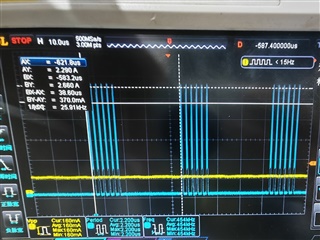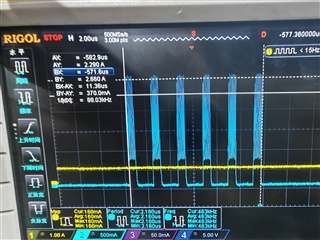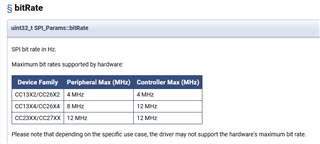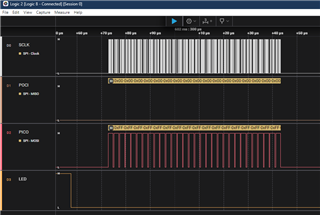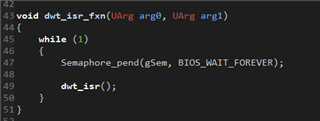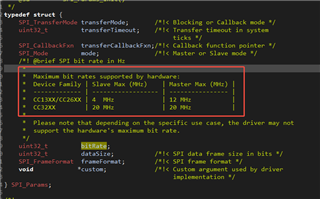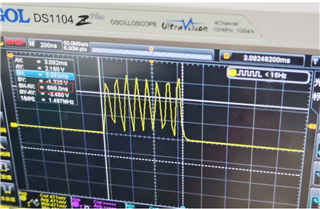Tool/software:
HI TI:
In my project, I have used SSI, but the person who wrote the code has left, and I couldn't find any examples of these codes in the official SDK, such as: (HWREG(hwAttrs->baseAddr + SSI_O_SR) & SSI_SR_TNF). Therefore, I'm not clear about how to use SSI and how to combine SSI with DMA. Now I need to optimize the time consumption of the chip on SSI. Could you please provide more detailed materials, documents, or examples?
thanks.




